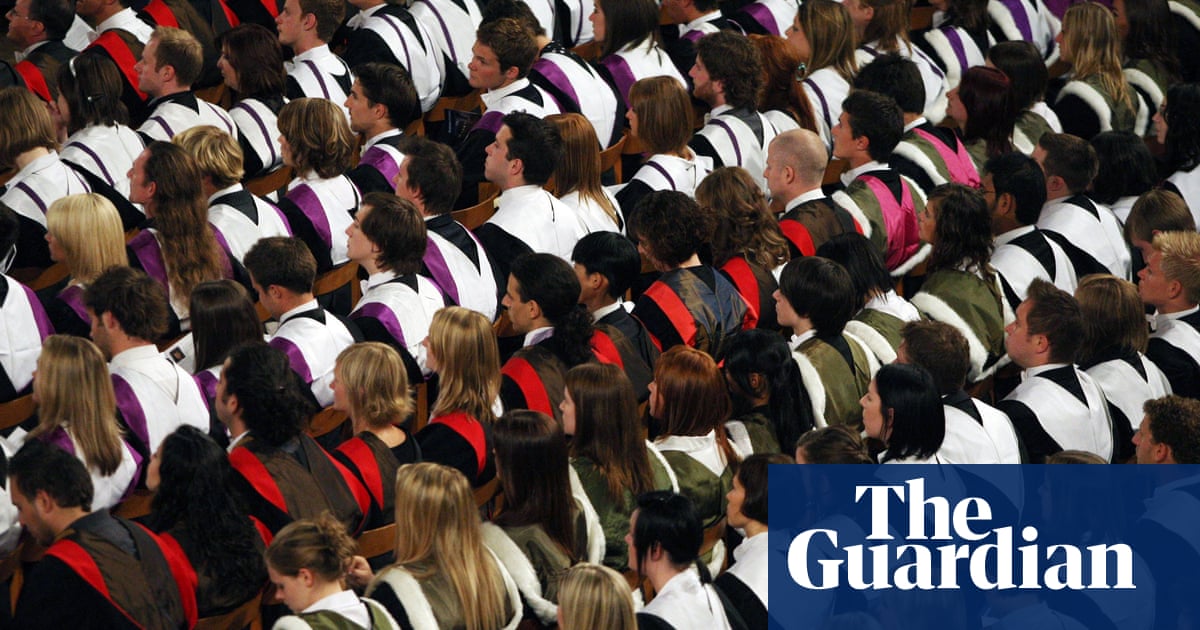
magine a cross between a jigsaw and a chessboard, and now imagine playing games on it in 11 dimensions – including time. As universities limber up for probably their most difficult challenge since the second world war, that’s what higher education management feels like right now.
Universities are experiencing countervailing pressures. The first emanates from students and parents, and especially from the regulator, the Office for Students: get as many students back into interactive teaching as quickly as possible.
The return of students to universities is especially important for the financially weaker higher education institutions, because they desperately need the cash from first year undergraduates who can be encouraged on to campus, rather than defer their entry for a year or two.
But pulling in the opposite direction there are fears about safety. Although one must take the science and sociology around a disease as new as Covid-19 with something of a pinch of salt, there are enough studies around to cause deep concern about the spread of the disease once teaching resumes in the autumn.
The questions are manifold, and universities face more dilemmas than anyone can really list. Should older staff be kept away from campus? What pre-existing conditions should exclude staff from the classroom? How many vulnerable family members should be included in lecturers’ risk assessments?
Then there’s the timetable. Imagine a “normal” undergraduate class. Perhaps there’s a lecture and then a couple of classes: 40 students divided into two seminar groups of 20 over three contact hours. But with social distancing that could become four classes of 10, plus the lecture.
In recent years, an emergent and exploited precariat of associate lecturers (often PhD students or post-doctoral researchers) has emerged to fill the gaps. Given the financial crunch that’s now hitting, that option is mostly closed off. Shrinking numbers of permanent faculty must front the shop alone.
But if we return to our imaginary “normal” module, that could involve a single five-hour stint that will not only break the lecturer, but could bust the timetable if it runs across into other slots. Fine: you can put two of those classes together online and rotate groups of students through face-to-face and web-based learning. But that only takes an hour off: back to a four-hour block, with three hours of in-person teaching. That’s still a budget-busting pressure on time and square footage universities don’t have.
Then assume that some students don’t want to come on to campus at all. Perhaps they’re shielding, or their relatives are. Maybe there’s five or six of them, so we’re back to a four- or five-hour block within an online-only session at another time during the week. Maybe that doesn’t sound too bad, but now do all that three times for each lecturer – and multiply that challenge by 15 to 40 across a department.
The timetabling office might well not know which students should go where. The module leader could know – though many students only intermittently check the legacy format of official email – but has no way of seeing the whole timetable. Confusion will abound.
Now imagine the room survey that runs alongside those changes. Most universities own or lease all sorts of accommodation. They have to look at every single room not just for size but ventilation and entrances and exits, too. Narrow corridors, sealed windows and tiny cubby holes abound. Lecturers could end up running across and between campuses, on to buses full of students, driving around cities with their colleagues. How do you assess the safety elements involved?
Someone has to do all the timetabling, room assessments, class rosters, new reading lists and tech upgrades. It is involved, time-consuming, multi-dimensional work that cannot be rushed.
OK, you may be tempted to break out one of the smallest violins in the world. Of course, hundreds of thousands of people are about to lose their jobs (some university staff will too). No one in higher education minds a bit of hard work – as they have shown, year in, year out, driving one of the British economy’s biggest-earning success stories.
It’s not the effort that’s the point. It’s the potential for these complex plans not to fit one with the other, a situation exacerbated by the fact that universities have been thinly stretched, like the NHS, for far too many years.
Acknowledging the burden of complexity is actually a frank acceptance of where we’ve got to. Just as students of governance far too often forget the human factor, the unseen intellectual, physical and even spiritual energy required to run things is going to exact a high price on staff.
The worst-of-both-worlds Balkanisation of British higher education – especially in England – is the real culprit here. Neither fully marketised nor fully planned, universities will be hit by the rising demands of students and parents who are both modern consumers looking for value for money and traditional strivers who rightly want to attend, want to learn, want to experience a “real” education.
Their £9,000-plus tuition fees will be going into timetabling, hasty room realignment, meticulous module redesign, scanning and ebooks, software purchases, huge explosions in contact hours per member of staff. The students will rightly say: Why all the fuss? I can’t see what I’m getting.
Britain’s universities increasingly look like the late Soviet economy, running down their social capital behind a glitzy screen of Potemkin imagery and glasnost-era statistics. Bits of it are locking up, alternately insulted and goaded by the gap between central government diktat and the reality on the ground. The result will be the same: a very long slide into mediocrity and mendacity.
• Glen O’Hara is professor of modern and contemporary history at Oxford Brookes University












